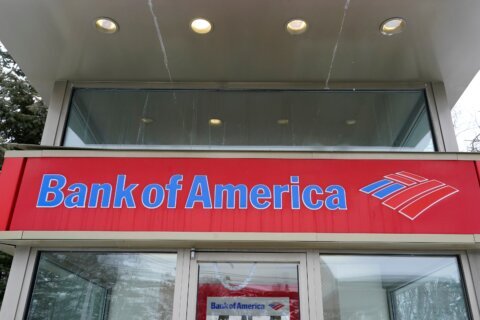WASHINGTON — How much did the 35-day partial government shutdown impact the shopping and dining-out habits of those affected federal employees in the D.C. area? Significantly, according to Dulles, Virginia-based Gravy Analytics.
Gravy Analytics — whose location intelligence tools track a billion daily location signals from more than 250 million smartphones and devices — compared D.C.-area location information between Dec. 22, 2017 and Jan. 25, 2018, and between Dec. 22, 2018 and Jan. 25, 2019.
During the shutdown period, it said, foot traffic at fast food restaurants in the D.C. metro area declined by 23 percent compared with the same time last year, while fast food restaurants nationwide saw a 2 percent increase.
Foot traffic at shopping destinations around D.C. fell by 16 percent, compared with a 1 percent rise nationally.
Even local hotels saw a notable decline in foot traffic, down 10 percent, compared with a 4 percent gain nationwide.
Gravy Analytics measures foot traffic but not transactions at any location.
Electronics stores in the D.C. area saw a particularly pronounced decline in foot traffic over the shutdown period compared with a year ago.
Foot traffic to D.C.-area Apple stores was down 32 percent compared with a year ago, and down 44 percent at Best Buy.
Chick-fil-A saw the biggest decline in foot traffic in the fast food category, down 34 percent, followed by Starbucks, Arby’s and Popeye’s.
Companies use Gravy Analytics data to understand customer behavior and for mobile marketing campaigns.







